How A New Generation Of Sub-Prime Auto Financing Could Cause Another Catastrophe
March was the 5th straight month of a SAAR above 15 million vehicles. Industry analysts have explained the strength of the market in a number of ways. The need to replace older vehicles is one (new car sales were hit hard during the recession as consumers held on to their vehicles for longer. This also caused used car prices to skyrocket, something TTAC has been documenting), while others have cited increasing fleet demand, and the desire to replace vehicles damaged in Hurricane Sandy.
But one factor that is just starting to get attention outside of TTAC is sub-prime financing. Sub-prime lending, which involves giving high-interest loans to customers with poor credit scores, is driving the SAAR in a big way, by letting buyers with poor credit purchase new cars. In turn, the sub-prime bubble is being driven by Wall Street, whose clients cannot get enough of financial instruments backed by sub-prime auto loans.
On the surface, it seems unbelievable. Unemployment is currently at 7.7 percent (as of the date of publication), and substantially economic growth seems evasive. And yet auto sales – for many people, the second biggest purchase they’ll ever make – are on a hot streak, rebounding back close to pre-recession levels.
Sub-prime loans, defined as a loan given to anyone with a credit score under 660, are now bigger than ever. In Q2 of 2012, new car sub-prime loans accounted for a quarter of of all loans, while 56 percent of used car loans went to sub-prime buyers.There’s even a new category called “deep subprime”, for auto loans issued to buyers with credit scores below 600. These loans account for nearly 11 percent of all car loans, despite the fact that a 600 credit score is considered abysmal.
A recent Reuters report detailed the usual routine of a sub-prime loan; a borrower with a poor credit rating is approved for a loan, often carrying an exorbitant interest rate hovering around 20 percent. In the Reuters story, the buyer agreed to finance a $10,000 2007 Suzuki at 21.5% interest using a shotgun (valued at $700) as his down payment. The buyer, stretched thin by various debts, including the car loan, ended up declaring bankruptcy. Another report by the Los Angeles Times outlined how unscrupulous used car dealers would issue sub-prime loans, knowing that their customers would default, wait for them to default, and then repossess the car and re-sell it, repeating this process over and over again.
In addition to the decreasing credit scores of car buyers (The Motley Fool reports that the sub-prime buyer’s average credit score dropped 9 points in 2012 compared to 2011), monthly payments have stayed static, due to 77 percent of loans lasting for longer than 5 years. This tactic allows buyers to manage the same monthly payment but borrow a greater amount, and thus able to afford a more expensive car without feeling more of a hit to their pocketbook.
Extending loans to unqualified buyers would seem like a poor business practice on the surface, but the demand for sub-prime loans isn’t just coming from consumers. Wall Street is also playing an enormous part in the practice. According to the New York Times, growth in securities backed by auto loans has been enormous. In 2008, investors bought $2.17 billion in auto loan securities. In 2011, that figure exploded to $11.7 billion.
The rationale behind the massive growth in auto loan securities can be linked to the Federal Reserve’s policy of Quantitative Easing. QE, which involves buying bonds and Treasury Secuities en masse, has injected liquidity into the market and kept interest rates artificially low. This has allowed banks to charge near-record low interest rates on all car loans, while also reducing yields on traditionally safer investments like bonds. Sub-prime car loans, packaged and sold into securities, are seen as riskier, albeit with the potential for greater return. And with hedge funds and institutional clients looking for a greater return on their money, auto loan securities have become the instrument of choice for a number of entities – even Google is investing in these instruments, after being frustrated by low returns elsewhere.
And just like the 2008 mortgage crisis, these sub-prime auto loans are being packaged and sold as AAA rated bonds. As the Los Angeles Times reports, the number of loans packaged and sold as a securities is in the tens of thousands. The thinking goes that even if some of the loans are delinquent, there are plenty more that will make the security safe. And like sub-prime mortgages, the securitized auto loans are being divided up into tranches, with demand for the riskiest tranches being strongest.
Unfortunately for American consumers, the biggest players in sub-prime auto financing have significant ties to domestic auto makers. A report by Reuters names Santander, which is Chrysler’s auto financing outlet, and GM Financial as the two largest sub-prime auto lenders in the United States. Santander alone accounted for 53 percent of all sub-prime financing – and Santander’s expertise in the field was apparently one reason that Chrysler decided to partner with the Spanish bank.
While both Chrysler and GM use Ally Financial for their prime loans (which are issued to qualified buyers), GM has its own seperate sub-prime arm, known as GM Financial. In Q1 2012, some 93 percent of GM Financial’s loans were to sub-prime buyers, up from 87 percent in Q4 2010. During that same period, loans to the least qualified buyers – those with FICO scores under 540, were up 79 percent. GM Financial’s delinquent loans also rose by some $200 million in 2012, to $933 million – higher than Ford Toyota and Honda’s combined delinquencies.
The situation in auto-loan securities has eerie shades of the 2008 mortgage crisis across the board: the eager distribution of not just sub-prime loans, but “deep sub-prime” loans to borrowers with the worst credit ratings. The securitization of auto loans and the hunger for the riskiest tranches of these securities. And the “AAA” rating of even the most egregiously crappy securities.
In light of these factors, it’s worth reflecting on how much of an influence sub-prime auto loan securitization is having on the lofty heights being reached by the new car market. The last time America experienced the bursting of an asset bubble, auto makers were stuck with excess capacity and significant overcapacity. Combined with a sudden contraction in consumer credit, these factors nearly brought America’s auto makers to their knees.
The current situation is not directly comparable to the mortgage crisis of 2008, but bares too many parallels for us to ignore. It would be the ultimate irony if another systemic crisis occurred, due to securitizied auto loans. They very instruments used by auto makers to help spur sales growth will have ended up crippling them yet again.
More by Derek Kreindler
Latest Car Reviews
Read moreLatest Product Reviews
Read moreRecent Comments
- Probert They already have hybrids, but these won't ever be them as they are built on the modular E-GMP skateboard.
- Justin You guys still looking for that sportbak? I just saw one on the Facebook marketplace in Arizona
- 28-Cars-Later I cannot remember what happens now, but there are whiteblocks in this period which develop a "tick" like sound which indicates they are toast (maybe head gasket?). Ten or so years ago I looked at an '03 or '04 S60 (I forget why) and I brought my Volvo indy along to tell me if it was worth my time - it ticked and that's when I learned this. This XC90 is probably worth about $300 as it sits, not kidding, and it will cost you conservatively $2500 for an engine swap (all the ones I see on car-part.com have north of 130K miles starting at $1,100 and that's not including freight to a shop, shop labor, other internals to do such as timing belt while engine out etc).
- 28-Cars-Later Ford reported it lost $132,000 for each of its 10,000 electric vehicles sold in the first quarter of 2024, according to CNN. The sales were down 20 percent from the first quarter of 2023 and would “drag down earnings for the company overall.”The losses include “hundreds of millions being spent on research and development of the next generation of EVs for Ford. Those investments are years away from paying off.” [if they ever are recouped] Ford is the only major carmaker breaking out EV numbers by themselves. But other marques likely suffer similar losses. https://www.zerohedge.com/political/fords-120000-loss-vehicle-shows-california-ev-goals-are-impossible Given these facts, how did Tesla ever produce anything in volume let alone profit?
- AZFelix Let's forego all of this dilly-dallying with autonomous cars and cut right to the chase and the only real solution.




















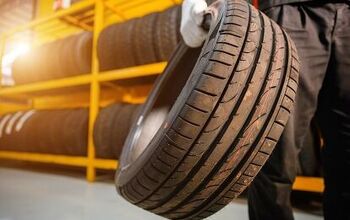



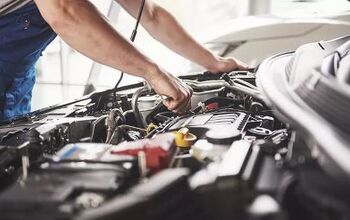

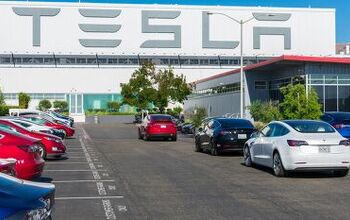
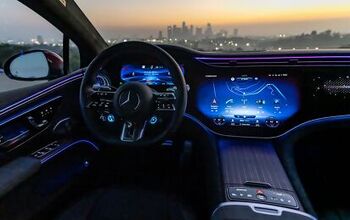

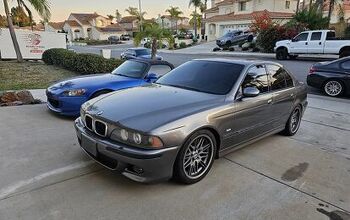


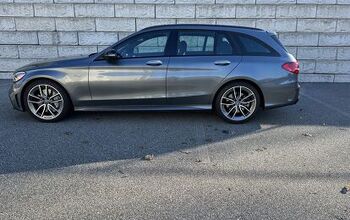
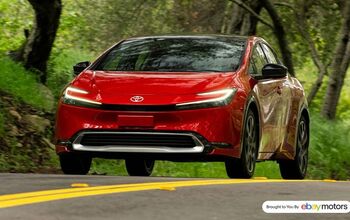
Comments
Join the conversation
The Financial Crisis of 2008 was the result of $billions in home mortgage defaults, which through Credit Default Swaps,collapsed the money supply, the ability of lenders to lend, and killed the car business as a side effect of the credit freeze. GM created GM Financial for the specific purpose of sub-prime lending. Auto loans never were, and never will be the cause of "catastrophe" like the '08 crisis. Automobiles can easily be re-possessed and resold. Much ado about nothing? Or is it a profound misunderstanding of what happened to the car business in '08?
TD Economics wrote a report on credit conditions in the US auto sector a couple of months ago: http://www.td.com/document/PDF/economics/special/AutoFinanceA%20BrightSpotForUSLenders.pdf